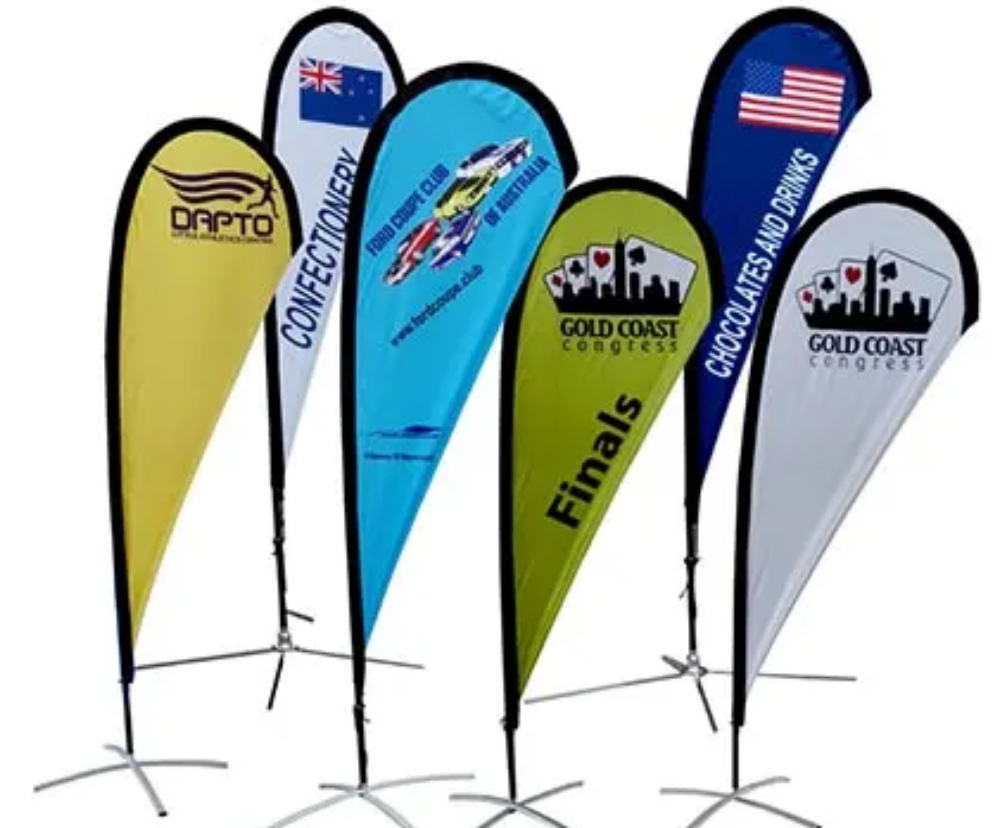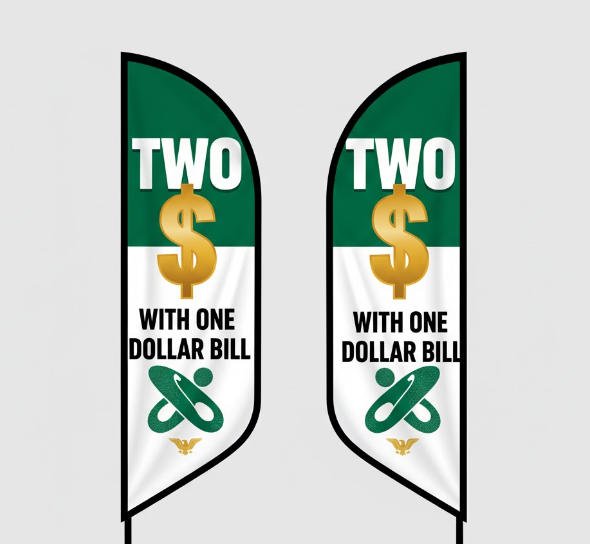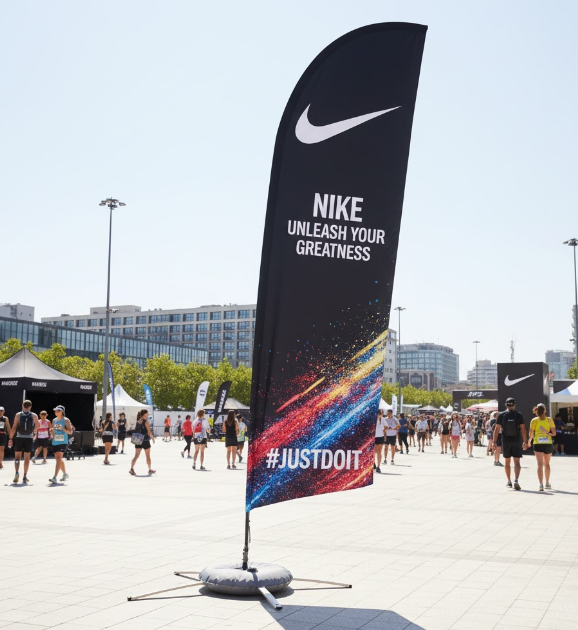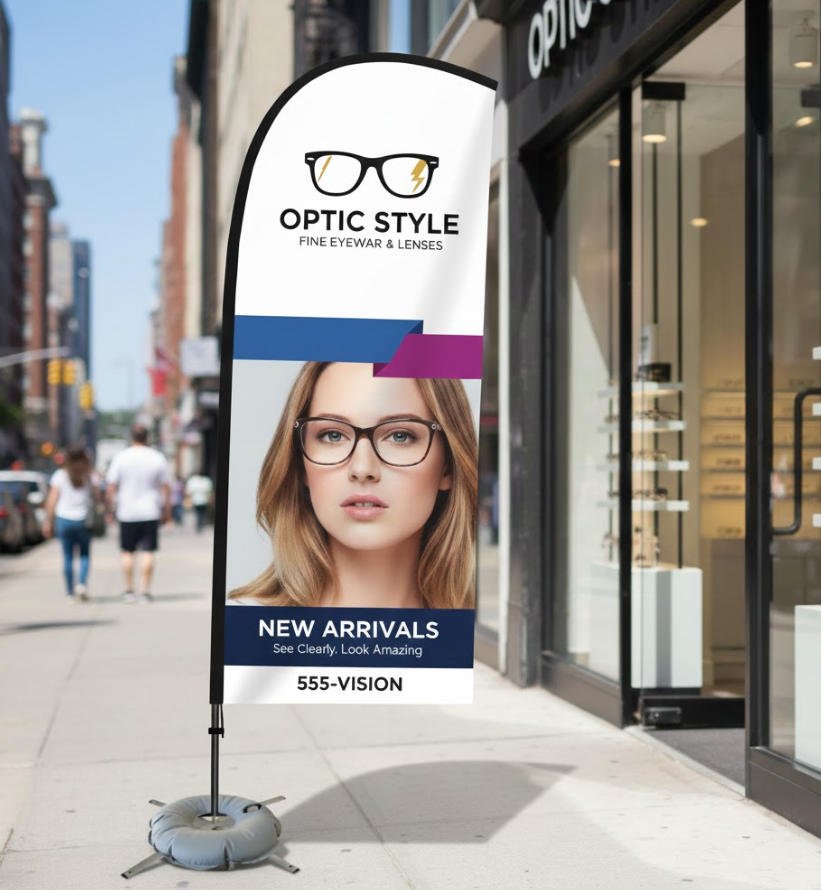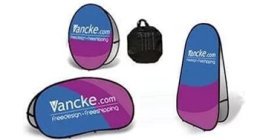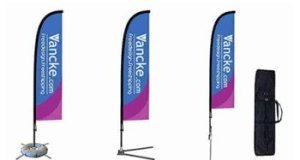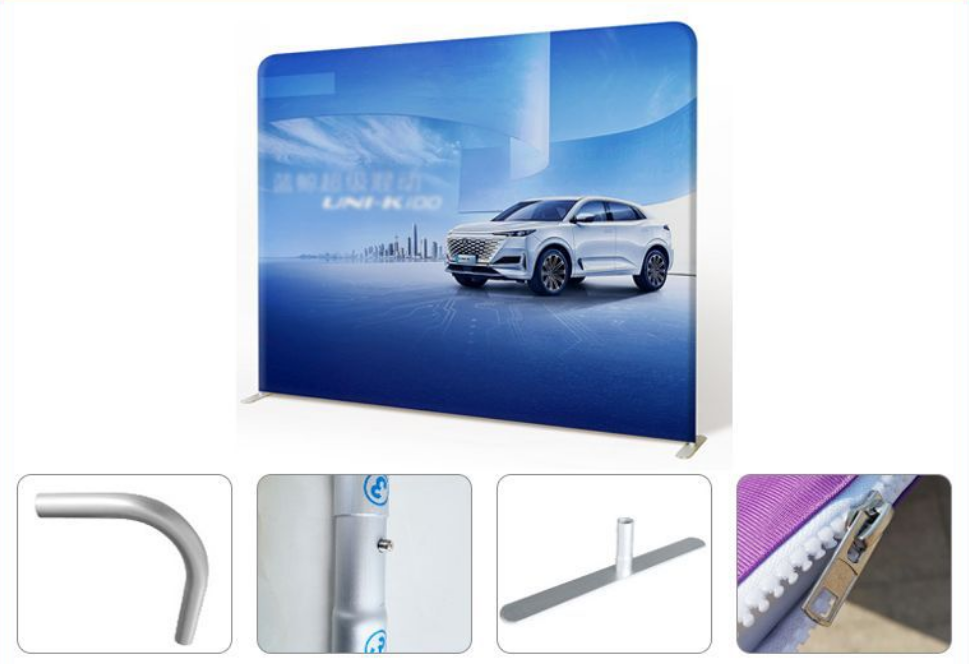
When choosing a printing method for your tensions fabric display, you need to consider the strengths of each option. Screen printing stands out for its vibrant colors and exceptional durability, making it ideal for large-scale designs and ensuring your display remains visually striking over time. On the other hand, heat transfer offers faster production and cost savings, especially for smaller projects like custom t-shirts. While it may lack the longevity of screen printing, it provides flexibility for quick and budget-friendly solutions. Your decision depends on the specific needs of your project.
Screen Printing for Tension Fabric Displays
The Process of Screen Printing
Screen printing, also known as silk screen printing, involves transferring ink onto fabric through a mesh stencil. You start by preparing a screen with a fine mesh stretched over a sturdy frame. A light-sensitive emulsion is applied to the screen to create a stencil. After exposing the screen to UV light, the design areas remain open while the rest of the screen blocks ink.
During the screen printing process, you use a squeegee to push ink through the stencil onto the fabric. Each color in your custom designs requires a separate screen, making this method ideal for bold, multi-layered visuals. Once printed, the fabric undergoes curing using heat to set the ink and ensure durability. This process works well for tension fabric displays, as it produces vibrant and long-lasting results.
Benefits of Screen Printing
Screen printing offers several advantages for tension fabric displays. It produces vibrant colors that stand out, even from a distance. Specialty inks, such as metallics and fluorescents, add depth and brilliance to your custom designs. This method excels in scalability, making it cost-effective for large orders. While the initial setup takes time, you can reuse screens for multiple prints, reducing costs as production volume increases.
Durability is another key benefit. High-quality inks and proper curing ensure your designs withstand wear and tear. Whether your display faces prolonged sunlight or frequent handling, screen printing maintains its visual appeal. This makes it a reliable choice for long-term use in trade shows or outdoor events.
Drawbacks of Screen Printing
Despite its strengths, screen printing has limitations. The process requires significant setup time and specialized equipment, which increases costs for small orders. Achieving consistent results on stretchy fabrics can be challenging, as improper loading may distort the design. Additionally, the opacity of the ink can be an issue, especially on dark fabrics, where the weave might show through.
Other challenges include dye migration on polyester fabrics, which can alter colors, and improper curing, which affects wash fastness. The process also demands precise registration to align colors accurately. For tension fabric displays, these factors require careful attention to ensure high-quality results.
Heat Transfer for Tension Fabric Displays
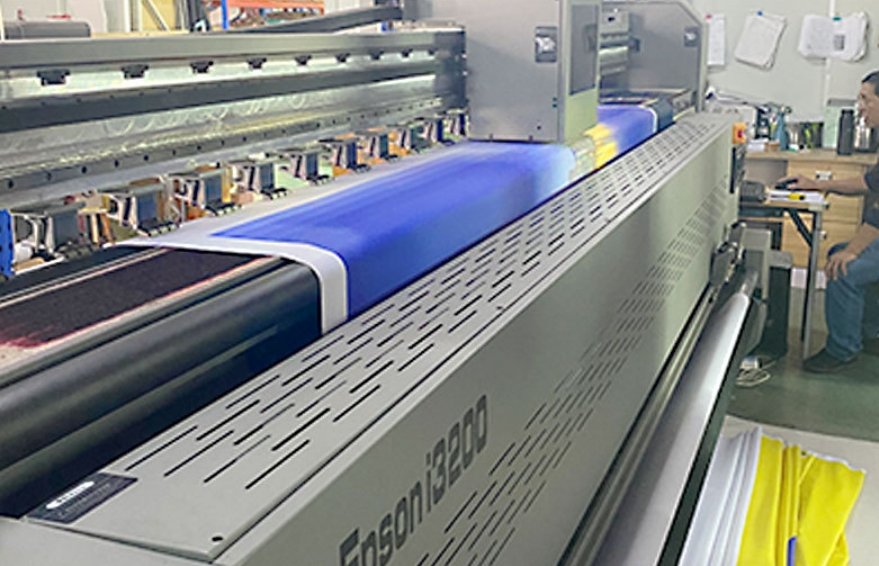
The Process of Heat Transfer
Heat transfer printing involves applying designs to fabric using heat and pressure. You start by creating a design, often with specialized software, and printing it onto a transfer medium like heat transfer vinyl or direct-to-film (DTF) transfers. Once the design is ready, you use a heat press to transfer it onto the fabric. The heat activates the adhesive on the transfer material, bonding it to the fabric surface.
This method works well with various materials, including cotton, polyester, nylon, and even leather. Common tools include heat presses and vinyl cutters, which allow you to create intricate designs. Heat transfer printing is versatile, making it suitable for tension fabric displays that require detailed or custom visuals.
Benefits of Heat Transfer
Heat transfer offers several advantages for tension fabric displays. It provides a quick and efficient way to produce designs, especially for small-scale projects. You can create highly detailed and colorful visuals without the need for extensive setup. This makes it ideal for one-off or limited-run displays.
The method also supports a wide range of fabrics. Whether your display uses cotton, polyester, or other materials, heat transfer adapts easily. Additionally, the equipment required, such as heat presses, is relatively affordable, reducing initial costs. For businesses or individuals working on a budget, this method offers a practical solution.
Drawbacks of Heat Transfer
Despite its benefits, heat transfer has some disadvantages. The durability of heat transfer designs often falls short compared to screen printing. Over time, designs may fade or peel, especially with frequent washing or exposure to harsh conditions. Precise temperature control is crucial during the process. Without it, the design may not adhere properly, leading to quality issues.
Material compatibility can also pose challenges. Some fabrics may not work well with certain transfer materials, limiting your options. Complex designs can be harder to achieve, as layering multiple colors or intricate details increases production time and difficulty. Maintenance of the equipment, like heat presses, adds another layer of responsibility.
Screen printing generally offers superior quality and durability compared to heat transfer. The ink used in screen printing penetrates the fabric, resulting in vibrant, long-lasting designs. Heat transfer, on the other hand, can fade or peel over time, particularly with frequent washing.
Comparing Screen Printing and Heat Transfer
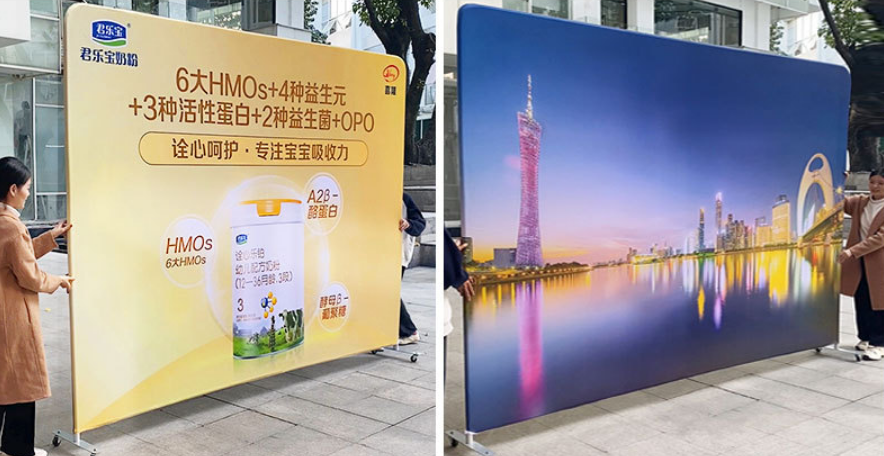
Quality and Visual Appeal
When it comes to quality and visual appeal, the choice of printing method depends on your design needs. Screen printing excels in producing vibrant, long-lasting colors. The ink penetrates the fabric, creating bold visuals that resist fading and cracking over time. This makes it ideal for tension fabric displays that require eye-catching designs. However, screen printing works best for simple designs with solid colors. Complex patterns or gradients may not achieve the same level of detail.
Heat transfer, on the other hand, shines in creating intricate designs. It allows for high-resolution prints, making it suitable for photographic images or detailed artwork. This method also supports a wide range of colors, enabling you to bring complex visuals to life. However, heat transfer prints may show signs of wear more quickly, especially if lower-quality materials are used. For projects requiring sharp details and multiple colors, heat transfer offers a practical solution.
Feature | Heat Transfer | Screen Printing |
|---|---|---|
Less durable | More durable | |
Complexity of Design | Handles intricate designs well | Best for simple designs |
Color Vibrancy | High-resolution but less vibrant | Bright, vibrant, and long-lasting |
Durability and Longevity
Durability is a critical factor for tension fabric displays. Screen printing stands out for its ability to withstand wear and tear. The ink bonds deeply with the fabric, ensuring designs last for years under normal conditions. Proper care, such as washing inside out and using cold water, can extend the lifespan of screen-printed items. This method is particularly reliable for outdoor displays, where exposure to sunlight and weather can challenge other techniques.
Heat transfer, while versatile, tends to have a shorter lifespan. Designs may fade, crack, or peel over time, especially with frequent washing or harsh conditions. Sublimation heat transfers offer better durability on polyester surfaces, but they still fall short compared to screen printing. If your project demands long-term use, screen printing provides a more dependable option.
Cost Efficiency
Cost efficiency varies depending on the size of your production run. For small orders, heat transfer is the more economical choice. Its lower setup costs and quick production make it ideal for custom or limited-run projects. However, the per-item cost remains high for bulk production, making it less suitable for large-scale orders.
Screen printing, while expensive to set up, becomes cost-effective as order volume increases. The reusable screens and lower per-item costs make it a better choice for large production runs. If you plan to produce tension fabric displays in bulk, screen printing offers significant savings over time.
Method | Small Production Runs | Large Production Runs |
|---|---|---|
Screen Printing | Expensive due to setup costs | Cost-effective with lower per-item cost |
Heat Transfer | More suitable, quick setup, high per-item cost | Less economical for bulk production |
Production Time and Scalability
Production time plays a crucial role when choosing between screen printing and heat transfer for tension fabric displays. If you need a quick turnaround, heat transfer is the better option. This method requires minimal setup, allowing you to produce designs in a matter of hours. It works well for small-scale projects or custom orders where speed is essential. For example, creating a single display or a limited batch of designs can be completed efficiently with heat transfer.
Screen printing, on the other hand, involves a more time-intensive setup process. Preparing screens for each color in your design takes effort and precision. However, once the setup is complete, screen printing becomes highly efficient for large-scale production. You can print hundreds of items in a relatively short time, making it ideal for bulk orders. If your project involves producing 100 or more displays, screen printing offers significant time savings in the long run.
Scalability is another factor to consider. Screen printing excels in handling large orders. The cost per item decreases as the volume increases, making it a cost-effective choice for bulk production. Heat transfer, while versatile, is less practical for high-volume projects. Its per-item cost remains consistent, which can make large-scale production expensive. For smaller runs or one-off designs, heat transfer provides the flexibility you need without the overhead of screen preparation.
Best Fit for Tension Fabric Displays
Choosing the best method for tension fabric displays depends on your project’s requirements. If durability and vibrant colors are your priorities, screen printing is the superior choice. It produces bold visuals that withstand wear and tear, making it perfect for trade shows or outdoor events. Additionally, screen printing becomes more economical as your order size grows, making it the go-to option for large-scale displays.
Heat transfer is better suited for projects requiring intricate designs or quick production. It allows you to create detailed visuals with high resolution, making it ideal for custom or short-term displays. If you’re working with a tight budget or need a fast turnaround, heat transfer provides a practical solution. However, for long-term use or bulk orders, screen printing remains the more reliable option.
By understanding your project’s goals, you can determine which method aligns best with your needs. Whether you prioritize speed, cost, or durability, both methods offer unique advantages for tension fabric displays.
Choosing the Right Method for Your Needs
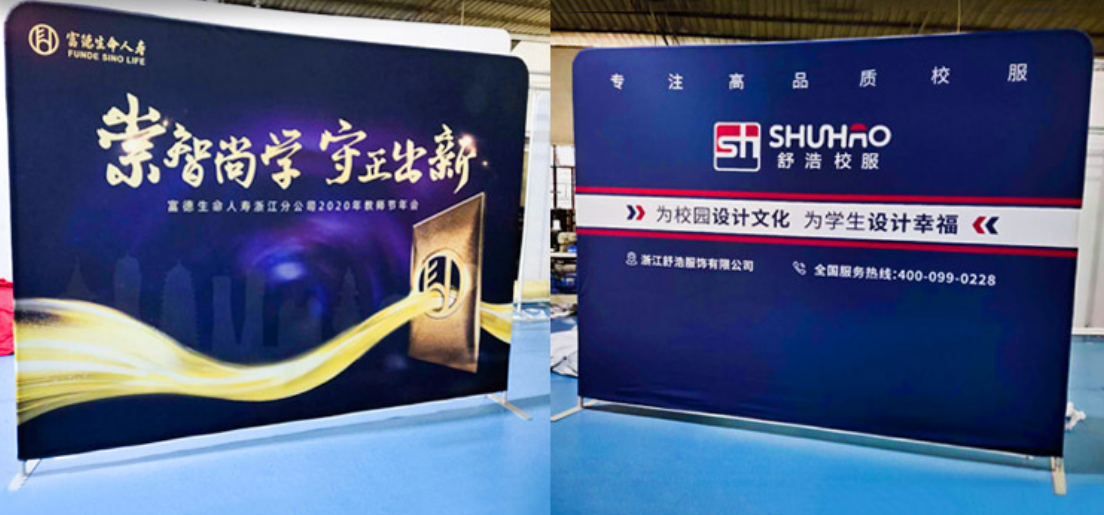
When to Opt for Screen Printing
Screen printing is the right choice when durability and vibrant visuals are essential. This printing method works best for tension fabric displays that need to withstand frequent use or outdoor conditions. The ink penetrates deeply into the fabric, ensuring the design remains intact even after prolonged exposure to sunlight or repeated handling. If your project involves trade shows, outdoor events, or long-term displays, screen printing offers unmatched reliability.
You should also consider screen printing for large production runs. While the initial setup cost is higher, the per-item cost decreases significantly as the order size grows. This makes it an economical option for bulk orders. For businesses aiming to maintain brand consistency across multiple displays, screen printing ensures uniform quality and color vibrancy.
Projects with simple designs and bold colors also benefit from this method. Screen printing excels at producing striking visuals that grab attention from a distance. If your design doesn’t require intricate details or gradients, this method delivers exceptional results. Additionally, it’s versatile enough to print on various surfaces, including fabric, wood, and glass, making it suitable for diverse needs.
When to Opt for Heat Transfer
Heat transfer is ideal for projects requiring quick production or intricate designs. This method allows you to create detailed visuals with high resolution, making it perfect for photographic images or complex artwork. If your tension fabric display features multiple colors or gradients, heat transfer can bring your vision to life with precision.
Budget constraints often make heat transfer the better option for small orders. The low upfront investment and minimal setup make it cost-effective for one-off or custom designs. For example, if you need a single display or a limited batch, heat transfer saves time and money without compromising on quality.
This method also adapts well to various materials. Whether your display uses polyester, cotton, or blends, heat transfer ensures compatibility. If you’re working with a tight deadline, the quick setup process allows you to produce designs in hours rather than days. For short-term displays or projects with urgent timelines, heat transfer provides the flexibility you need.
Tip: Choose heat transfer for small, custom orders or when you need detailed designs quickly. Opt for screen printing when durability and cost-efficiency for bulk production are your priorities.
Choosing between screen printing and heat transfer depends on your project’s goals. Screen printing works best when you need durable, vibrant designs for long-term use. The ink penetrates the fabric, creating bold visuals that resist fading or peeling. This makes it ideal for large-scale displays or outdoor events.
Heat transfer offers a practical solution for smaller runs or intricate designs. It allows you to produce detailed visuals quickly and at a lower cost for short-term projects. However, designs may wear out faster, especially if applied with lower-quality materials.
Screen printing generally provides superior durability and quality. Heat transfer, while versatile, may show signs of wear over time, particularly with frequent washing.
Evaluate your priorities, such as durability, cost, and production time, to select the method that aligns with your needs.


